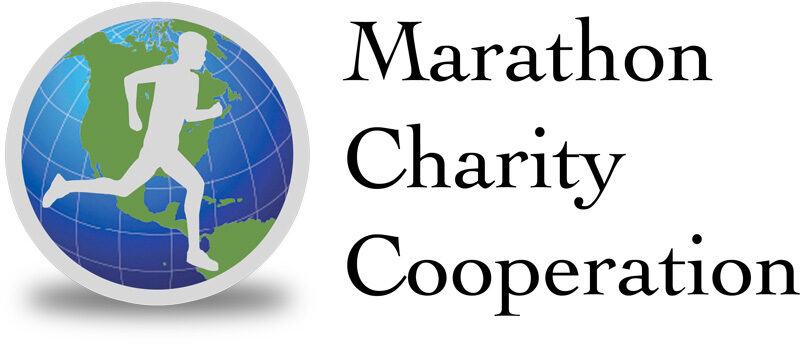The Benefits of Running Slow
By Matt Forsman
For Active.com
Talent can take you far, but as many elite runners can tell you, talent is nothing without the commitment to train hard. The best runners on the planet frequently log weekly mileage in excess of 100 miles.
This weekly gauntlet often includes hill work, intervals, fartlek, and other gut-wrenching workouts designed to separate the pretenders from the contenders. No pain, no gain, right? Not exactly.
Believe it or not, a significant portion of the mileage logged by the best runners on the planet can best be characterized as “easy.” How easy? Try a minute to two slower than race pace.
Some of these individuals can crank out 26.2 miles at sub-5 minute pace without batting an eye, so what’s to be gained from slogging out a few miles at a comparatively “glacial” pace? A lot, actually.
Before we get into the specific gains you can get from running slow, let’s take a closer look at running “fast.” When we run at a fast pace, we’re putting tremendous strain and stress on bones, muscles, tendons, and ligaments.
At the end of a tough run, your body sustains microtears in muscle fiber, dehydration, glycogen depletion, and more. Good thing most of the best runners in the world have a team of people to take care of them after a tough tempo run.
There’s serious trauma associated with the act of running fast. Running fast all the time clearly won’t work over the long haul because sustained trauma over time will inevitably lead to burnout and breakdown.
Enter “slow” running. Most athletes who have done a tough run and have tried to run the next day know (or will come to know in short order) that trying to run fast/hard isn’t a good idea. Chances are their bodies have microtears in muscle fiber, marked soreness/fatigue in the legs, and general flatness across the board.
In theory, you could take a full day of rest after a tough run the previous day, but you’re not maintaining or enhancing your running fitness too much by doing this. Granted, rest days absolutely necessary and I would never say otherwise.
But, the “gentle” stress of an easy run interspersed between taxing runs is a good way to maintain your running fitness between challenging runs and help to expedite the healing and recovery process.
The Benefits of Running Slow
Running slow applies “gentle” stress to the key physiological systems required to run at a high level. Gentle, easy running helps to let the healing begin. Think of it as “active recovery” that helps facilitate blood flow gently to the damaged muscles that need help.
Independent of expediting the healing process, running slow is the most effective way to build a base. There are a million different training philosophies and approaches that you can utilize to get into quality running shape. Virtually all of them include some kind of base building phase comprised largely of easy runs.
This base building is particularly important for those brand new to the sport. Logically and intuitively, this makes sense. You need to expose the body to gentle, consistent stress to develop the key systems to just support the act of running and then gradually introduce running that’s a bit faster and more intense, if desired.
Think of slow running as the foundation of your running house. You wouldn’t build a house without a foundation. Building a regular running routine or regimen is no different. Without a solid foundation of easy miles, you’re looking at a house that’s liable to collapse under duress.
If avoiding collapse is the ultimate goal, slow running is the answer. There many runners who simply build a solid, easy base and are very happy with this. They tend to avoid injuries over the long haul. This is another thing to consider when logging easy miles. There is a lower incidence of aggravations and injuries associated with running easy.
Achieving personal bests and winning races require doing some hard running, but there’s increased risk associated with this. If your long-term goal is to run for years and years, limiting the number of times you push the envelope is a wise approach.
But, you don’t have to choose between being a tortoise or a hare. Too much “tortoise” and you’re looking at performance plateaus. Too much “hare” and you’re looking at increased risk of aggravations and injuries. You can actually be both. Ultimately, it’s training a bit like both that will take your running to the next level.
The reality is that most runners suffer from a bit too much running like the hare. So, the next time you find yourself out on the road trying to set a landspeed record, reflect on the training you’ve done recently. It just might be time for you to run slow and take it easy.
Sign up for your next race.
Matt Forsman (AKA Marathon Matt) has been a runner for more than 20 years and a USATF/RRCA certified coach for more than five years. He has worked with thousands of runners in the San Francisco Bay Area through his group training programs that regularly attract 150 to 200 runners per season and a plethora of individual clients. Matt has contributed to Runner’s World, NorCal Running Magazine, and other publications. You can learn more about Matt at www.marathonmatt.com
